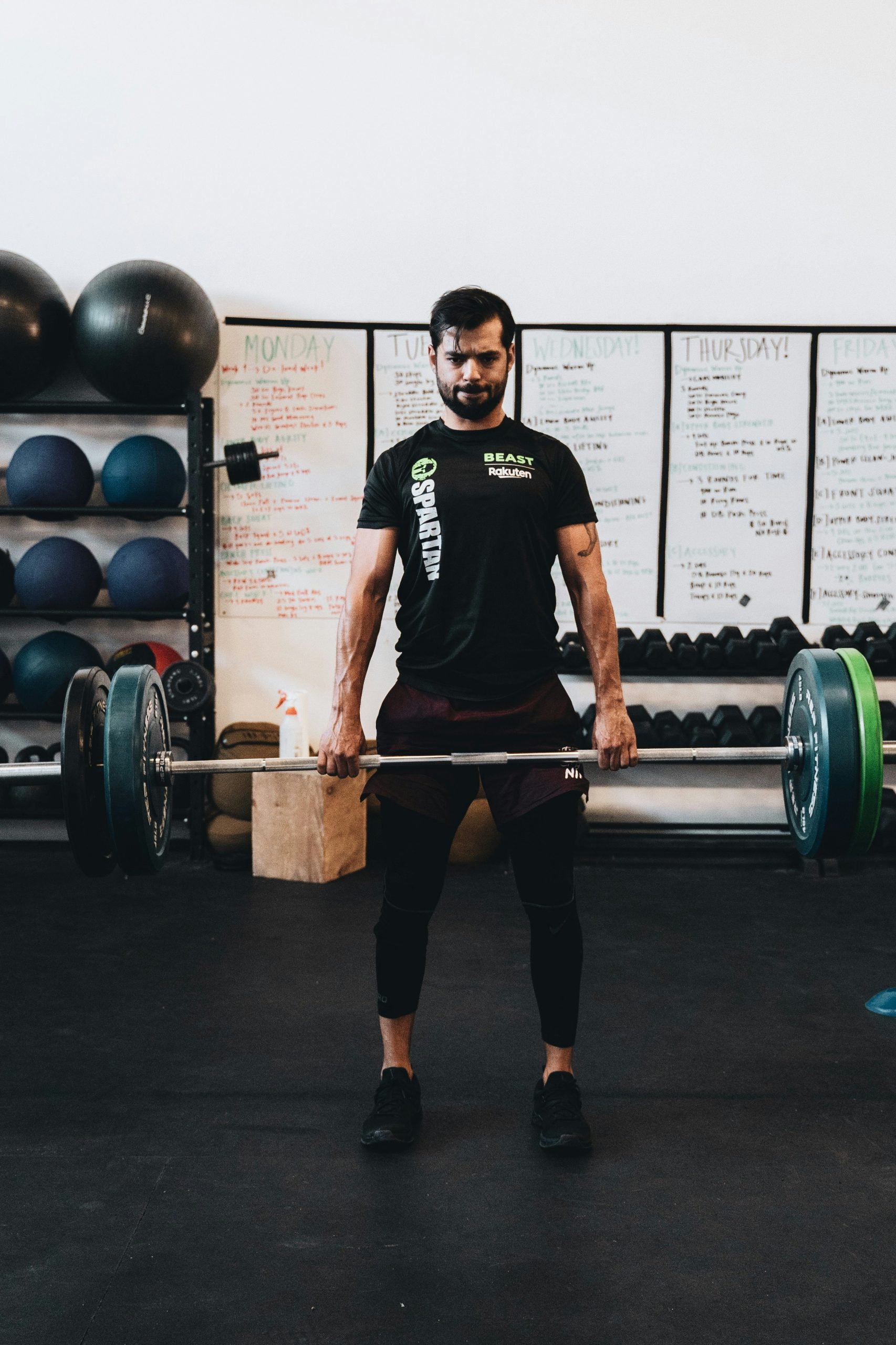
Innovations in Athlete Recovery Protocols
Athlete recovery protocols have evolved significantly over the years, driven by advances in sports science, technology, and a deeper understanding of human physiology. These innovations aim to enhance recovery times, reduce injury risks, and optimize performance. Here, we explore some of the most impactful innovations in athlete recovery protocols.
1. Cryotherapy and Cold Therapy
Cryotherapy involves exposing the body to extremely cold temperatures for a short period. This method is known to reduce inflammation, muscle soreness, and promote faster recovery. Innovations in cryotherapy include:
- Whole-body cryotherapy chambers: Used by athletes like LeBron James and Cristiano Ronaldo, these chambers expose athletes to temperatures as low as -200F (-130C) for a few minutes, triggering a systemic anti-inflammatory response.
- Cold-water immersion: Immersing the body in cold water post-exercise constricts blood vessels, reduces metabolic activity, and decreases swelling and tissue breakdown.
2. Compression Therapy
Compression garments have become commonplace in recovery protocols due to their ability to enhance circulation, reduce muscle oscillation, and speed up the removal of metabolic byproducts. Innovations include:
- Graduated compression garments: Designed to apply varying levels of pressure to different parts of the body, promoting venous return and reducing muscle fatigue.
- Air compression systems: These devices use sequential pneumatic compression to enhance blood flow and accelerate the removal of metabolic waste products.
3. Advanced Nutrition and Supplementation
Nutrition plays a crucial role in recovery. Innovations in this area focus on personalized nutrition plans, timing of nutrient intake, and specific supplements to support recovery:
- Protein timing and type: Rapidly absorbed proteins like whey or casein hydrolysate immediately post-exercise can enhance muscle repair and synthesis.
- Carbohydrate replenishment: Consuming carbohydrates post-exercise restores glycogen stores and facilitates recovery.
- Anti-inflammatory supplements: Omega-3 fatty acids and tart cherry juice are examples of supplements that can reduce inflammation and promote recovery.
4. Sleep Optimization
Sleep is critical for recovery and performance. Innovations in sleep optimization for athletes include:
- Monitoring sleep quality: Wearable devices that track sleep patterns and provide insights into sleep quality and quantity.
- Strategic napping: Planned naps between training sessions can improve alertness, mood, and cognitive function.
- Sleep hygiene: Practices such as maintaining a consistent sleep schedule and optimizing sleep environment (temperature, light, noise) to maximize recovery benefits.
5. Technology and Data Analytics
Advances in technology have revolutionized athlete recovery protocols by providing real-time data and analytics to optimize training and recovery strategies:
- Recovery tracking apps: Apps that monitor factors like heart rate variability, hydration levels, and subjective feelings of recovery to tailor individualized recovery plans.
- Biometric monitoring: Wearable sensors and devices that track physiological markers such as lactate levels, muscle oxygenation, and hydration status.
- Virtual reality (VR) and augmented reality (AR): Used for mental recovery, relaxation, and visualization exercises to enhance recovery and performance.
Case Studies: Real-world Applications
Several elite athletes and teams have embraced these innovations with remarkable results:
- The Golden State Warriors in the NBA use cryotherapy and compression therapy extensively to manage player recovery during the season.
- British Cycling’s use of sleep optimization techniques contributed to their success in the Olympics, focusing on personalized sleep plans for each athlete.
- Swiss tennis player Roger Federer incorporates advanced nutrition and supplementation into his recovery regimen, contributing to his longevity and performance at the highest level.
In conclusion, innovations in athlete recovery protocols continue to push the boundaries of sports performance. By integrating cutting-edge technology, personalized nutrition, and advanced recovery strategies, athletes can optimize their recovery, reduce injury risks, and achieve peak performance more consistently.



